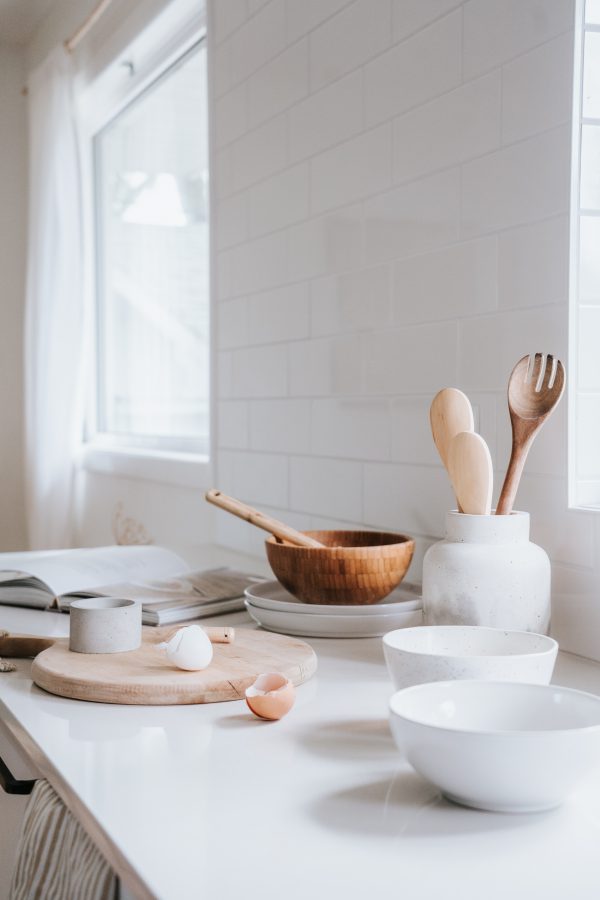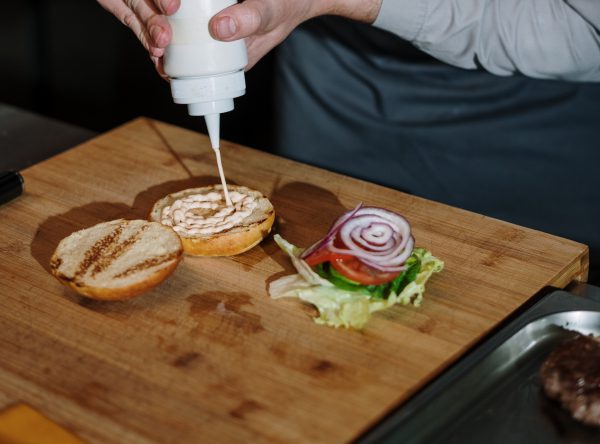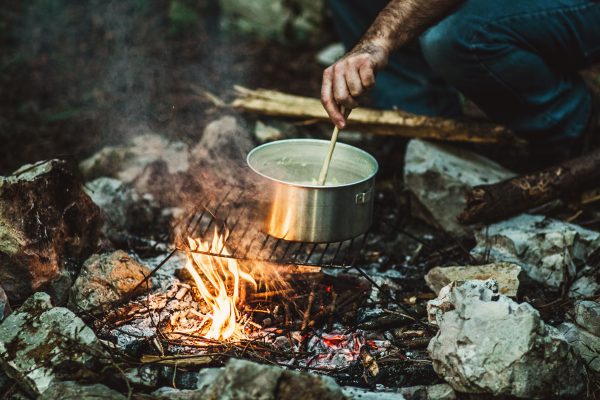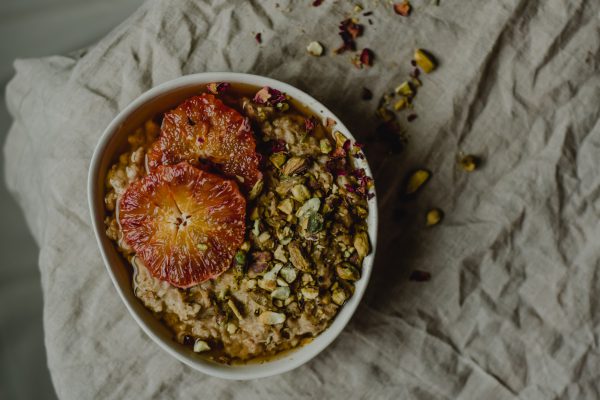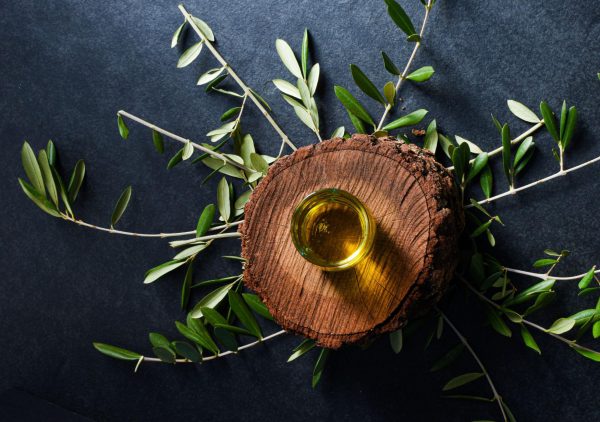Last Updated on February 22, 2023
In this article, we’ll go through the different types of knife sharpeners and review the best knife sharpeners you can get for your kitchen. Let’s get started!
How often should you sharpen your knife? The answer is quite simple: whenever it no longer cuts with ease. A sharp knife should be able to cut through the skin of a tomato smoothly and with its own weight, and go through a piece of steak almost like a hot knife through a block of butter. With the right equipment and care, you can have a knife that does all this without much effort.
Manual knife sharpeners are quick to take out of the drawer and sharpen your knives. However, they’re more suitable for taking care of knives that are already in a decent condition. If you’ve been using your knives for a while and they have visible nicks on the blade, you might need to invest in a more elaborate knife sharpener or other sharpening tools to return them to their former glory.
Understanding the Knife Angles
The sharpness of your blade is actually about the geometry of the steel, so in order to take care of your knives better, you need to understand the angles of your blade’s edge.
The angle of the steel at the edge of the blade affects the precision of the knife. The lower the angle, the longer the thin edge, and thin edges make for more precise cuts.
Western-style knives are usually around 20 degrees, while Eastern-style knives, such as the Santoku knife, have a smaller angle, between 10 and 17 degrees. This makes the blade sharper and more precise but also harder to control.
A smaller angle also causes the material to thin down significantly towards the edge of the knife. These kinds of knives are more prone to dulling and chipping. For this reason, Eastern-style knives are usually made of harder steel and require different techniques to be properly sharpened.
Types of Blade Shapes
There are also different shapes of edges and along with the angle of the sharp edge of your blade, these components determine what the blade can do best. The most common shapes of a blade are:
- V-edge: Standard triangle edge, used in chef knives.
- Convex: The sides of the edge of this knife curve towards each other. This knife is sharp and stronger than a standard V-edge and takes more effort to sharpen.
- Hollow: The opposite of convex edge, hollow knives are very sharp. Hunting and boning knives are often of this type.
- Chisel: Chisel blades are one-sided V-edges, and they are extremely sharp. One side is straight and the other one is angled. Traditional Japanese blades are typically chiseled.
- Serrated: Serrated edges have tiny arches on them. They are also chiseled, and the actual sharp edge is hidden in the arch to prevent it from dulling fast. These knives are very hard to sharpen.
Does Your Knife Need to Be Sharpened or Honed?
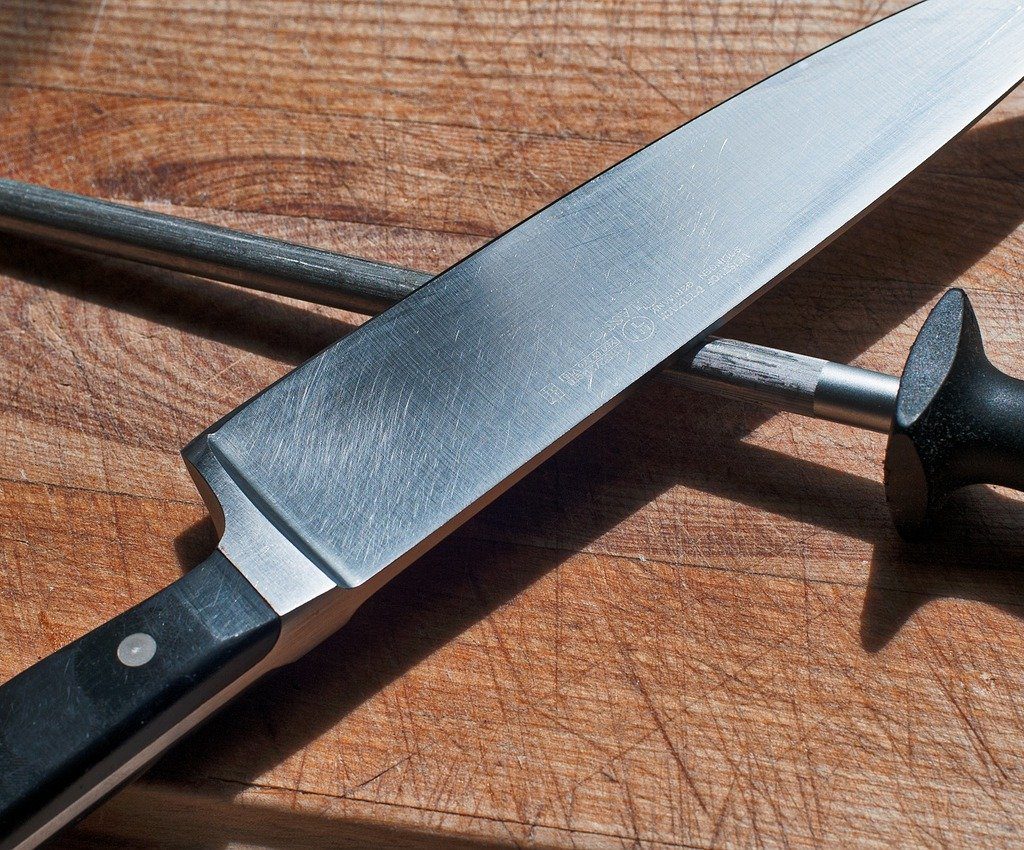
There are different reasons why a blade won’t cut effectively anymore. For one, your choice of a cutting board and the way you store your knives can affect the knives’ condition and lifespan. Apart from that, the edge of the knife can also be worn down due to long periods of use, which is the most common reason for dull knives. That’s why some chefs hone their knives before each use.
Hone? Did you mean sharpen?
Actually, honing and sharpening are different methods to care for a knife. Let’s clear this up. Honing your knives with a honing rod doesn’t sharpen the knife by corroding the steel. Instead, it pushes their blades, or the edge of the steel, back into alignment. It’s the best way to keep them functional for a long time. When the blade is dull despite the honing, that’s when the knife needs to be sharpened.
So how to tell what your knife needs? If you take a close look at your knife’s edge, you should see some tiny, almost microscopic notches on the surface of the blade, aligned in a straight line. If the notches are scattered around the centerline, it means your knife needs to be honed. If your knife doesn’t have any tiny notches at all, that’s a clear sign it needs to be sharpened.
Knife Sharpening Tools

Honing Rod
Sharpening tools shave off the blade to make a new sharp edge while honing is a completely different process. If you have a big knife set, you probably own one of these. A honing rod (or honing steel) is a long oval or flat rod, and it’s a very basic piece of equipment that keeps your knives in mint condition.
If you want to prolong your knife’s lifespan, it’s best to hone them as often as you can, ideally before each use. However, if you hone your knives at the wrong angle, you might end up dulling them even more.
Sharpening Stones
Also known as whetstones, sharpening stones are probably the earliest tools used for sharpening blades.
A sharpening stone is a tool of either natural material, such as oil stone, or manufactured material, such as aluminum oxide. Whetstones are great for keeping your knives sharp without damaging them and by far the most effective technique out of the three. However, most people avoid them because they require the right technique to work.
When you’re sharpening knives with a sharpening stone, the angle at which you hold the blade against the stone is crucial. It also takes a lot of patience because the process takes around 20 to 30 minutes for each side of the blade. Despite its steep learning curve, a sharpening stone is by far the most effective way to sharpen a knife without removing the metal of the blade’s edge.
A whetstone grinds the edges of the blade while pushing them inwards at the same time. So it both sharpens and hones your blades. You can think of it as an intermediary tool between knife sharpeners and honing rods.
Knife Sharpeners
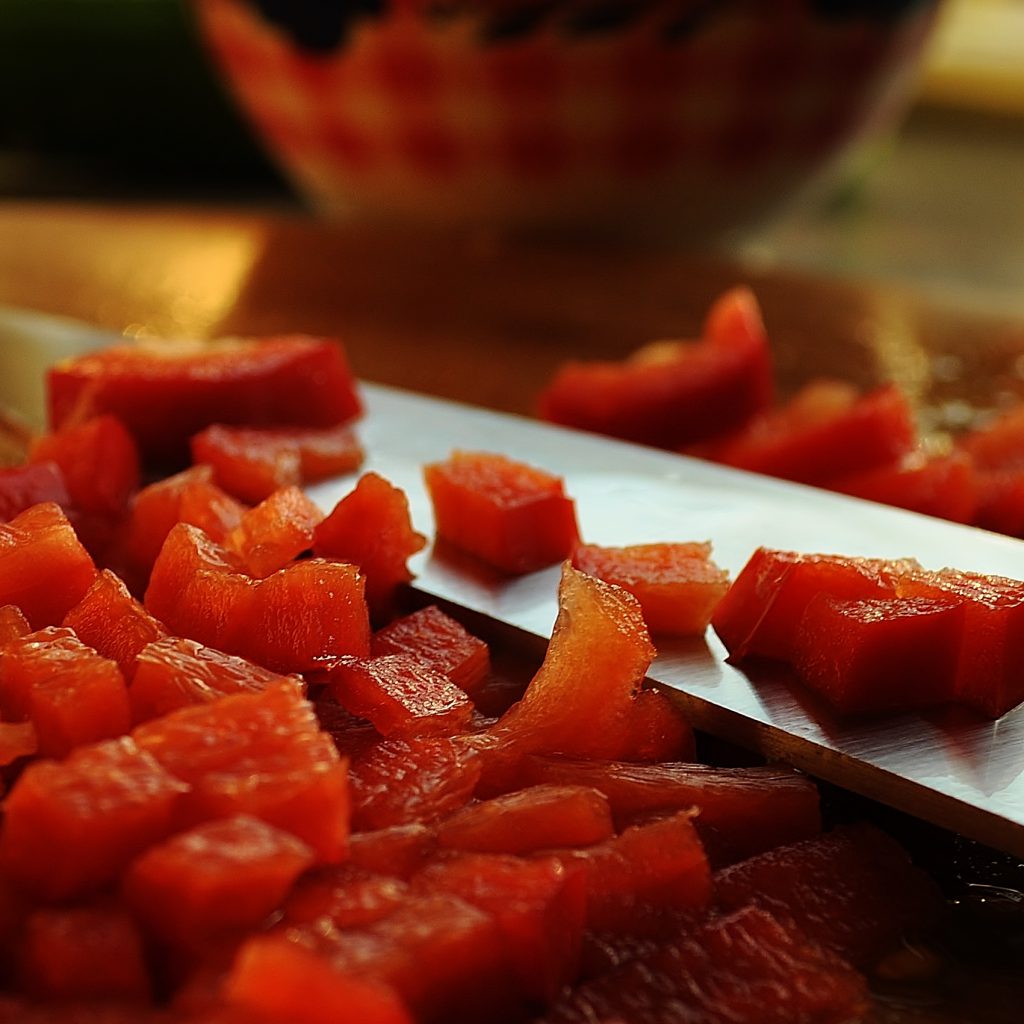
Using a knife sharpener is probably the easiest way to sharpen your knives. Although the principle of almost all knife sharpeners is the same, there are significant differences between different brands and tools. And to get a good knife sharpener, you need to understand the function of these tools and the materials they’re made of.
The fact that knife sharpeners are often referred to as “pull-through” sharpeners actually say it all. You sharpen your knife by pulling it through the various guide slots from the bolster towards the tip and repeat that several times until you get the desired result, depending on the abrasiveness of the sharpener and the material of your blade. Most sharpeners fix your knife inside of a slit. So there’s really nothing you can do wrong here.
Most knife sharpeners are visually similar. And yet, there are small and subtle differences. Some sharpeners do only what their name suggests, i.e. sharpen your knives. Others have customizable angles and can sharpen a double-beveled knife, or hone while sharpening.
Get the Help of a Professional
Professional knife sharpeners used to offer their services door to door so you could have your knives taken care of by a professional every once in a while. Today those mobile professionals no longer exist. However, you can still have an expert take care of your knives and make sure they are in their best condition.
For example, if you have a special knife, such as a santoku, you might not want to experiment with a knife sharpener or a whetstone by yourself. Or, if you have fairly old knives, you may realize that sharpening them is no longer as easy as it once was. After years of use, the edge of the blade thickens and makes sharpening more difficult. In these cases, we advise you to call on a professional sharpener.
Different Features of Knife Sharpeners
Before we go into the best tools you can get, let’s have a look at the key features of knife sharpeners.
Number of Sharpening Slots
Have you ever thought about the purpose of the multiple slots found on a single sharpener? Well, they aren’t there for sharpening 2 blades simultaneously. They’re used to sharpen and polish knives at different levels of sharpness.
Whether you can polish your knife after sharpening it depends entirely on the number of these slots. If you use a knife sharpener that has one guide slot, you can only sharpen a relatively sharp knife. If you’re dealing with a very blunt knife, you’ll need at least two, ideally three different guide slots with a changeable thickness. This way, you can use the coarse sharpening slot to restore the shape of the blade and then polish it using the finer slots.
Sharpening Angle
The sharpening angle is fixed for most knife sharpeners. This makes them much more practical and easier to use. But there are also sharpeners with variable sharpening angles, best suited for professionals who know what they’re doing. So, if you need a customizable angle, you should keep that in mind before investing in a sharpener.
Abrasives: Ceramic or Diamond?
Another important difference between different knife sharpeners is the type of abrasive they use. Most pull-through sharpeners have ceramic grinding wheels/stones, others have diamond plates, and some even involve carbides.
Diamond is a very strong material and it can be a bit aggressive on the knives. But if you want to get it done as fast as possible and create stronger edges, then the diamond is a good option. Alternatively, if you value a polished blade more, then you should opt for a ceramic sharpener as they’re gentler on the blades but still precise.
Best Knife Sharpeners
Let’s take a look at our best picks! These easy-to-use knife sharpeners have made their way to almost every kitchen around the world. They were all designed to be suitable for home use and require no prior experience in the knife sharpening business.
Chef’sChoice 15 Trizor XV
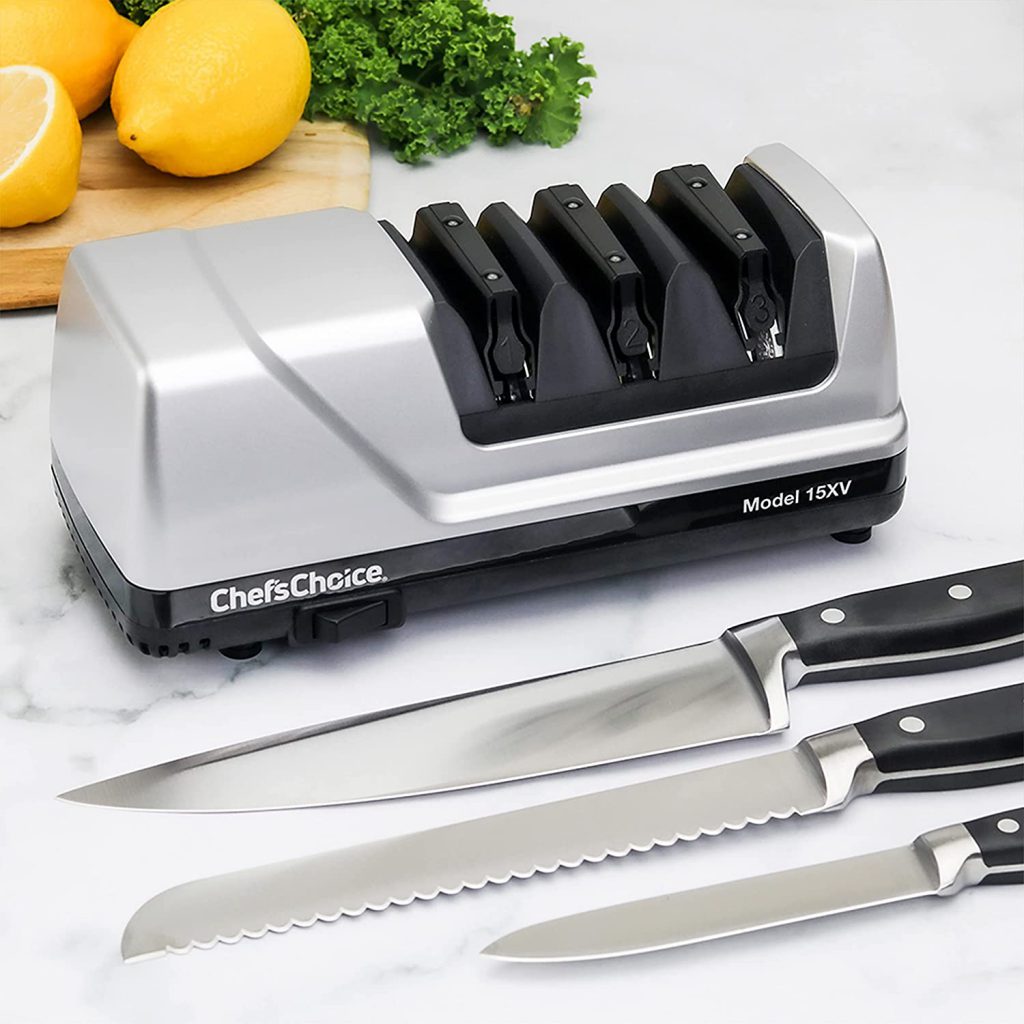
We’ll admit that this knife sharpener is a bit pricey. However, it’s so well made that it’s virtually impossible for anything to go wrong when using it. Thanks to its 3 customizable slits, it sharpens any type of blade with amazing precision.
The three-stage sharpener works well with both straight and serrated-edged knives. If you have a big arsenal of knives, this sharpener is definitely a good bang for your buck. For instance, if you have a Santoku in your knife arsenal, this sharpener is exactly what you need.
However, if you simply use a chef’s knife like most home cooks, you probably don’t need such an elaborate and expensive sharpener.
Amesser Knife Sharpener With Diamond Wheel
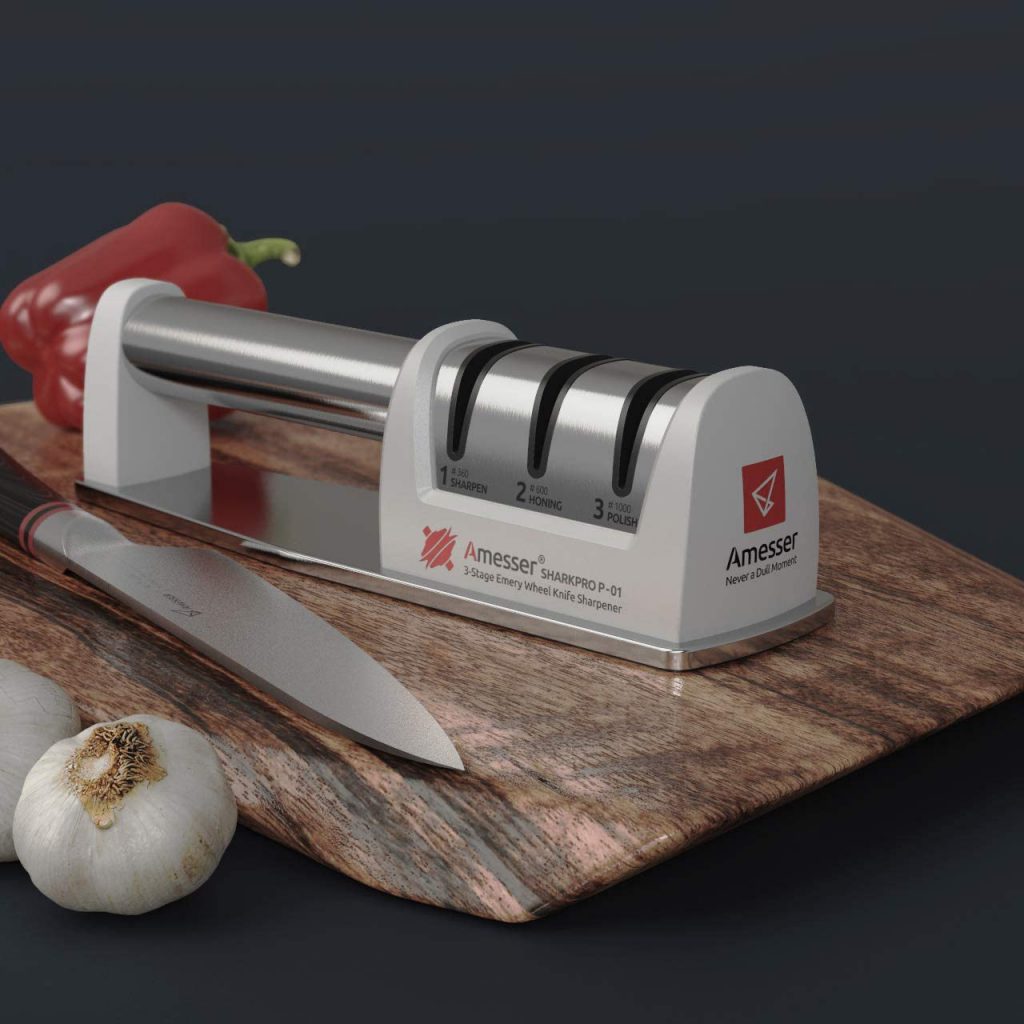
If you’re an average home cook, this manual knife sharpener will do the job without too much fuss. It hones and sharpens at the same time, and it’s super easy to use, so even if you’ve never used a sharpening tool before, you’ll know what to do. The 3 stage diamond grinding wheels work quickly and precisely, while the rubber mat on the bottom prevents slippage even on wet or damp surfaces.
The Amesser knife sharpener is designed in such a way that you can grip it safely and strongly while sharpening your knives, regardless of whether you’re left or right-handed. It comes in a variety of colors to match your kitchen decor. Plus, it includes a sharpening glove to keep your hands safe when working with sharp blades. The only downside, though, is that it doesn’t sharpen serrated-edged knives.
Mercer Culinary Double Diamond Manual Knife Sharpener
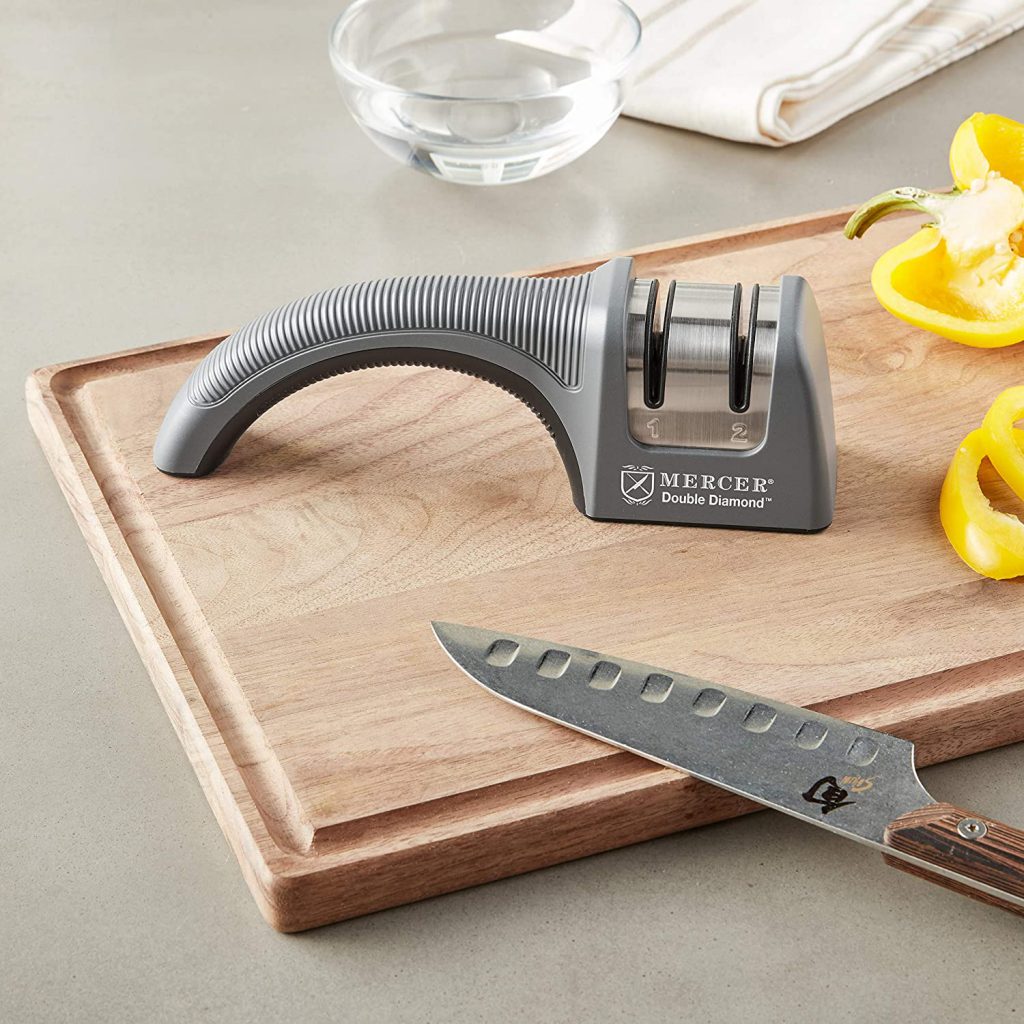
Mercer is the brand that all the culinary schools across North America use. It’s a simple, top-quality knife sharpener with 100% diamond abrasives, which are guaranteed to yield an extraordinary result in just a short time.
Pull-through sharpeners like this one are by far the easiest knife sharpeners to use. Usually, their only downside is that they can’t be used for honing – until now! The Mercer sharpener has two slots — one for sharpening and the other one for honing. The end result is an arch-shaped edge that’s durable and cuts very precisely. The sharpener is designed to let you grab the tool safe and sound, but you might struggle with it if you’re left-handed.
KitchenIQ 50009 Knife Sharpener
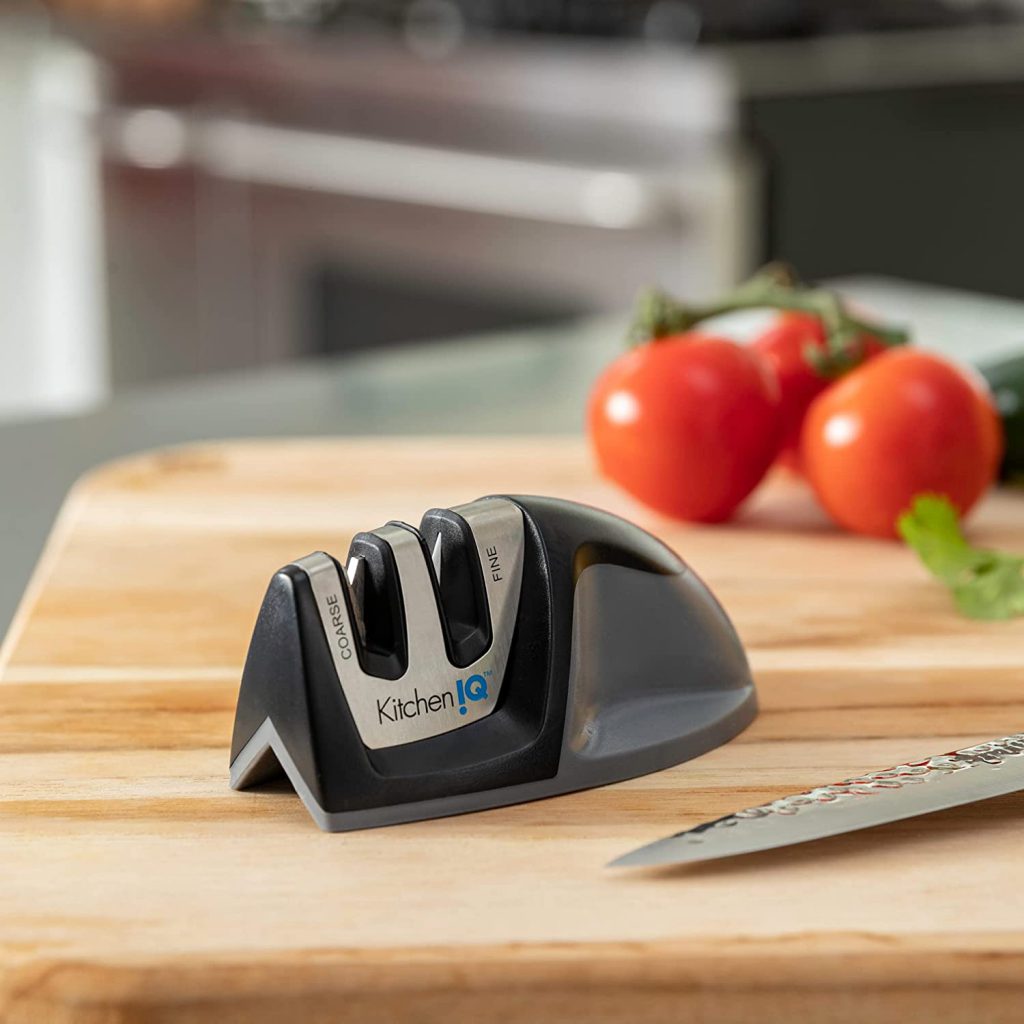
If you’re looking for a more affordable sharpener, take a look at this simple little two-staged sharpener. The coarse slot puts seriously blunt blades back into shape and the fine slot perfectly sharpens the edge. However, the angles are fixed and the exact angle is not specified. It’s great for quickly sharpening your knives if you don’t put too much thought into the angles of the edges.
One major downside of the little sharpener is its small grip: your hands end up too close to the blade while sharpening. So if you’re a careful chef who doesn’t care too much about angle precision when sharpening your general-purpose knives, and you’re looking for a budget-friendly sharpener, you should pick this one.
Best Sharpening Stones
Sharp Pebble Premium Whetstone
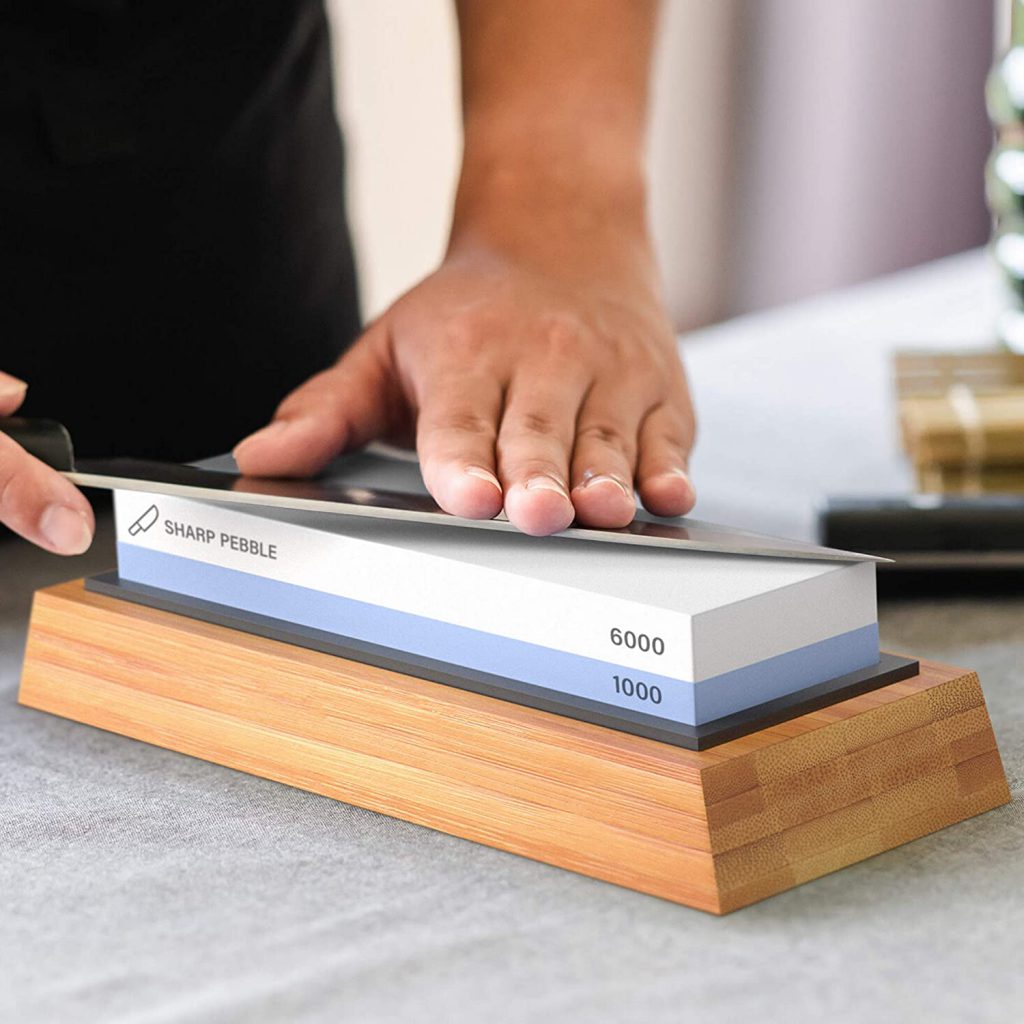
Electric sharpeners are convenient for sure. But they are often a bit too harsh on your knives and frequent use of these sharpeners wears down your blade’s edge. This sharpening stone is simple, beginner-friendly, and affordable, and it’s much gentler on your knife’s edge than an electric sharpener.
It comes with an angle guide so that you understand what you’re doing before you start working with it. The two aluminum oxide sides are of different grades, one for sharpening and one for honing, and they are placed on a classy non-slip bamboo base. The best part about this stone is that it only requires water, so you don’t need to worry about investing in additional lubricants.
Best Honing Rod
Noble Home & Chef Honing Rod
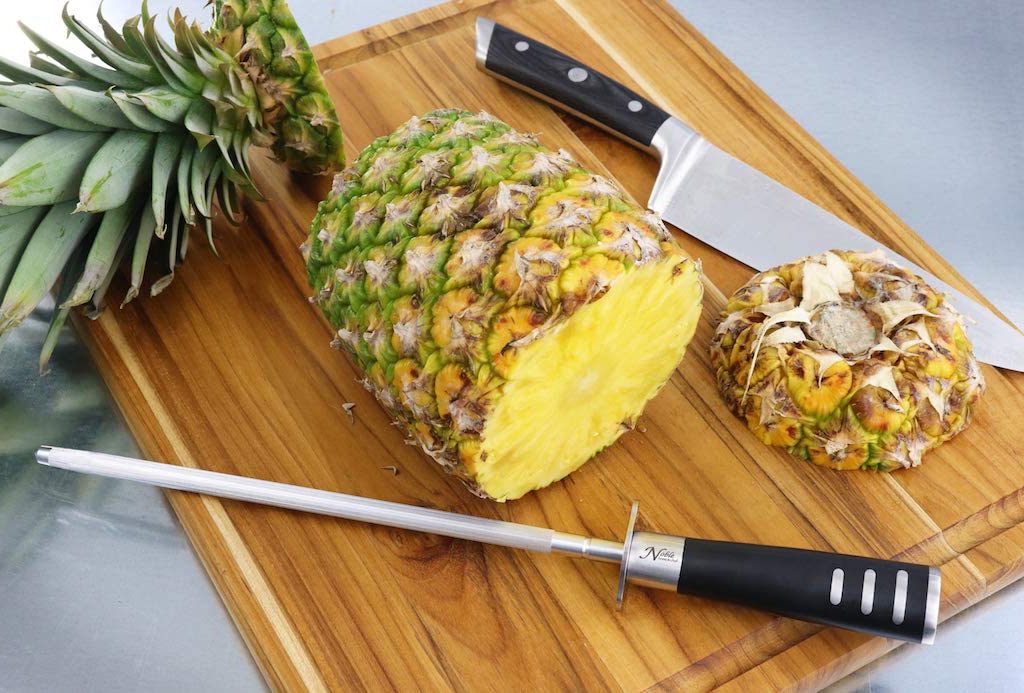
A good honing rod should be easy to hold and long enough to run through the entire length of any blade without running out of room and to have a substantial gap between the honing steel and the handle to protect your hands.
This stainless-steel honing rod is a classic! With its slender, 25 cm long rod, it will be great for honing all of your knives. It’s also magnetized so the metal dust particles don’t scatter in the air. It doesn’t have any extra features than regular honing rods, but it’s comfortable, affordable, and will serve you for years to come.
Over and Out!
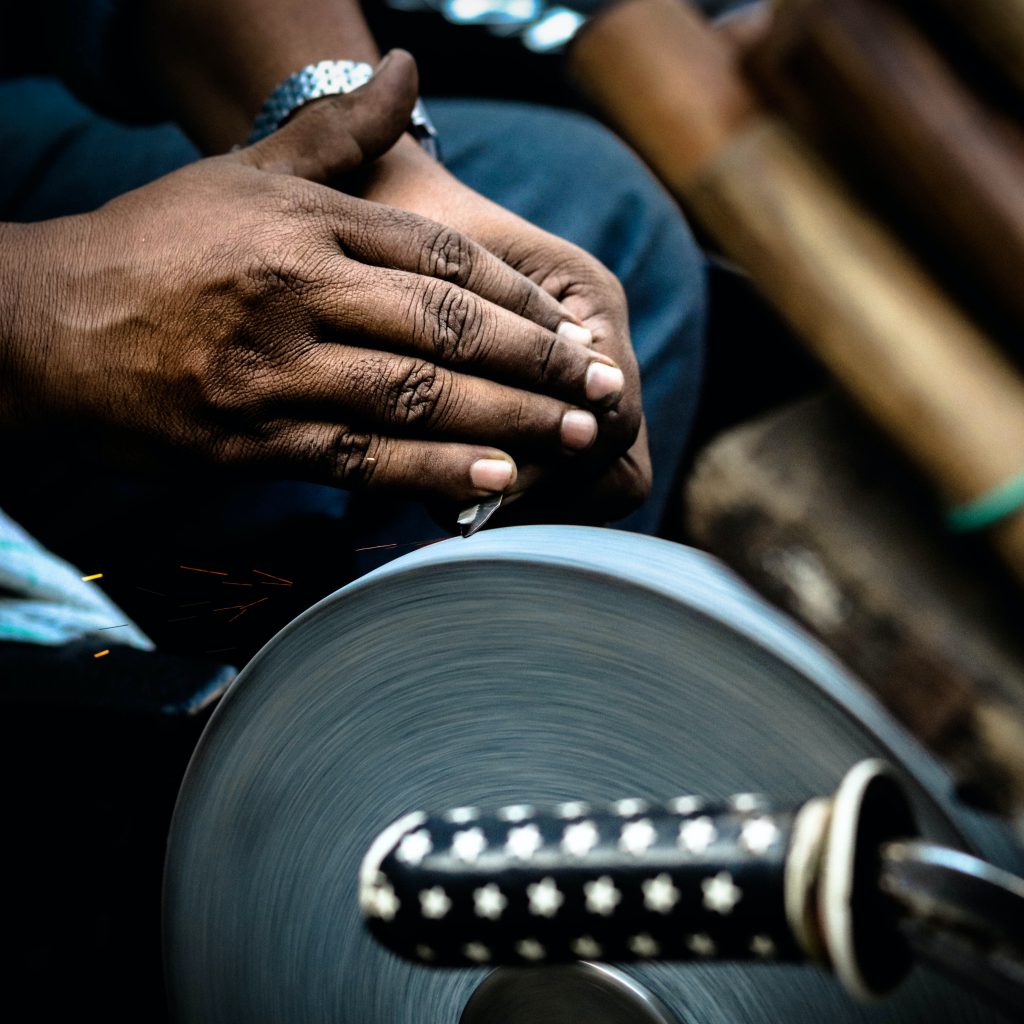
Knives are by far the most important equipment of a chef, and taking care of them requires some expertise. Hopefully, after reading this article, you now know how to treat them right.
You can try using a whetstone, which is great at keeping your blades sharp for a very long time, but it can also be intimidating and time-consuming for some. You can also combine the powers of a honing rod and a knife sharpener to maintain your knives’ sharpness and keep them functional for a very long time or stick to the sharpener only.
One mistake would be sharpening your knives every time they stop cutting perfectly because sharpening removes little parts from the blade, so you’ll only end up grinding your precious knife over time until you have to replace it.
That being said, you should only sharpen your knives once a year. If you’re still not keen on sharpening your knives yourself, there is no shame in taking them to a professional to help you keep them in their best condition for as long as possible.


